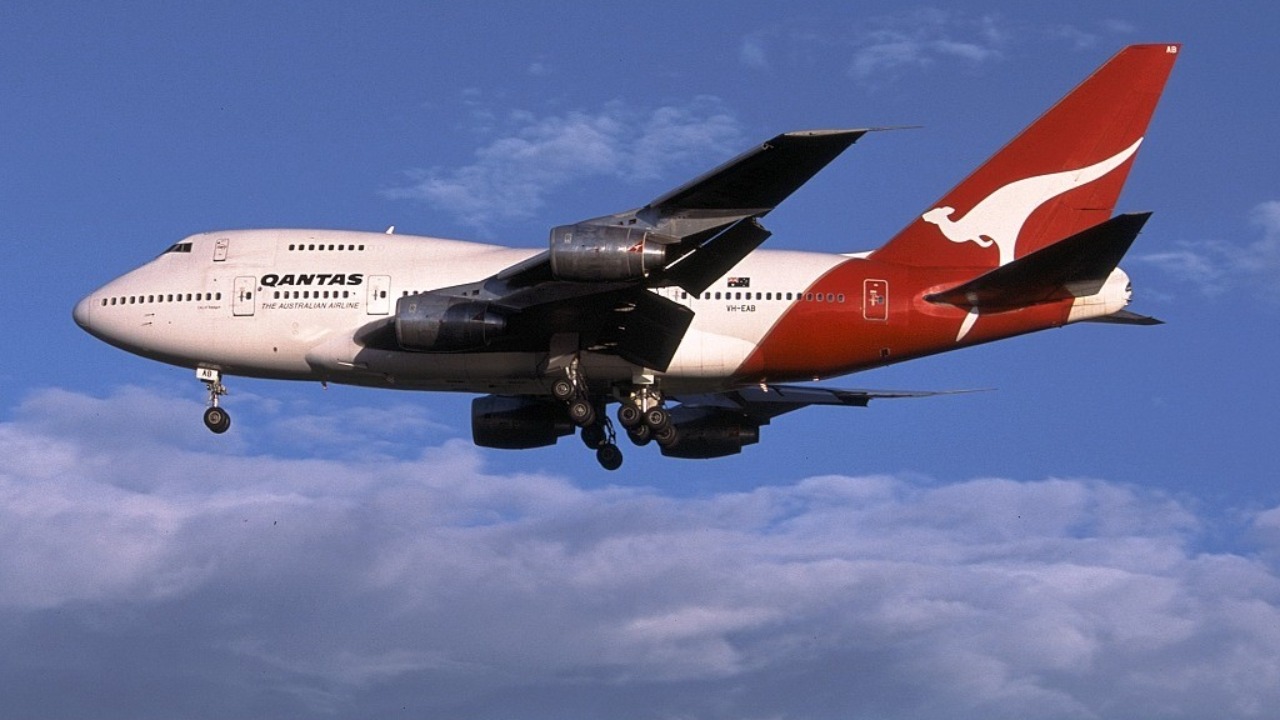
The Boeing 747SP, a unique variant of the iconic 747 jumbo jet, was a game-changer in the aviation industry. This shortened version was designed for extended range on less dense routes, offering a specialized solution for airlines in the 1970s. The 747SP could fly non-stop over 7,000 nautical miles, carrying fewer passengers than the standard model, thus marking a significant shift in Boeing’s approach to balancing aerodynamics and market demands.
The Origins of the 747SP Concept
Boeing’s decision to develop the 747SP was driven by the demands of airlines for a long-range aircraft that could serve low-density international routes. The design was heavily influenced by Pan Am, which sought an aircraft capable of ultra-long flights, such as New York to Tokyo, without stops. The 747SP, with its shortened fuselage reducing weight and drag, was able to meet this requirement, boasting a range that exceeded that of its contemporaries. Boeing’s early market analysis highlighted the need for a “special performance” model to compete with emerging wide-bodies from McDonnell Douglas and Lockheed.
Key Design Features of the Shortened 747
The 747SP was a marvel of engineering, with its fuselage length trimmed to 231 feet from the standard 747-100’s 250 feet. This reduction in size allowed for a lighter structure and improved fuel efficiency on extended flights. The aircraft’s high-bypass engines, often Pratt & Whitney JT9Ds, supported a maximum takeoff weight of 670,000 pounds, enabling it to cover distances up to 7,650 nautical miles while seating around 400 passengers in a typical three-class setup. Aerodynamic tweaks, including a shorter upper deck, contributed to its “stubby” profile, optimizing climb performance for hot-and-high airports.
Launch Customers and Initial Orders
Pan Am was the first to place an order for the 747SP, purchasing 10 units in 1973. The airline used these aircraft to pioneer routes like San Francisco to Auckland. Other early adopters included Iran Air and Braniff International, which leveraged the SP’s range for transatlantic and transpacific services with lighter loads. Boeing delivered the first 747SP, registered N602PE, to Pan Am in 1976, marking the start of its service on high-profile long-haul paths.
Operational Impact on Long-Haul Flying
The 747SP had a significant impact on long-haul flying, facilitating “long, thin routes” by economically serving destinations with insufficient demand for full-sized 747s. Examples of such routes include Seattle to London or Dallas to Honolulu. Airlines like Qantas and South African Airways adopted it for isolated markets, where its endurance allowed direct flights avoiding fuel stops in remote areas. Over its career, the SP influenced route planning, proving viable for premium-focused operations with fewer seats but higher yields per passenger mile.
Challenges and Production Decline
Despite its range advantages, the 747SP faced sales hurdles due to higher per-seat costs compared to the standard 747, limiting total production to just 45 units. The emergence of more efficient twin-engine jets like the Boeing 777 in the 1990s eroded its niche, leading to retirements as airlines shifted to point-to-point models. The variant’s production ended in 1989, but some airframes persisted in service, including VIP conversions for heads of state. Production of the final 747 ceased on December 6, 2022.
The Legacy of the 747SP in Aviation History
As a precursor to modern ultra-long-haul aircraft, the 747SP’s design principles informed later Boeing projects, emphasizing range over capacity for global connectivity. Its enduring appeal in special missions, such as NASA’s SOFIA telescope platform, highlighted the 747 family’s versatility beyond commercial passenger service. With the 747 line’s closure in 2022, the SP remains a symbol of Boeing’s bold experimentation in the jumbo era, still flying in limited roles worldwide. The 747SP’s legacy is a testament to the innovation and adaptability that defined the golden age of jumbo jets.
More from MorningOverview